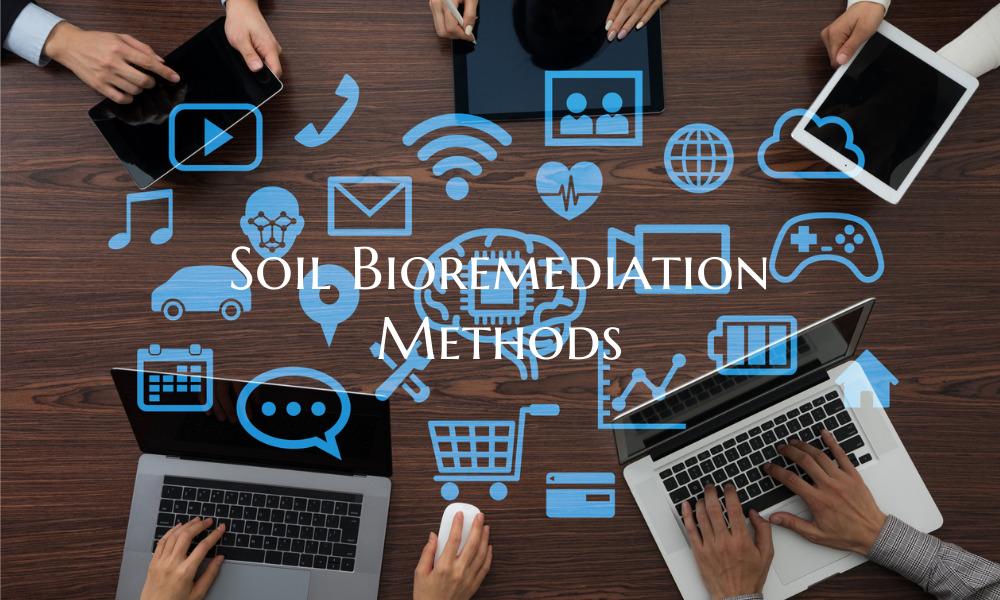Soil Bioremediation Methods
Soil Bioremediation Methods
Soil bioremediation is an effective and sustainable approach to cleaning up contaminated soils. This process harnesses the power of microorganisms to break down or neutralize pollutants, ultimately restoring soil health and ecosystem balance. There are several methods used in soil bioremediation, each tailored to specific types of contaminants and environmental conditions.
1. Biostimulation: This method involves enhancing the growth and activity of indigenous microorganisms in the soil by providing essential nutrients such as nitrogen, phosphorus, and other minerals. These nutrients promote the metabolism of microorganisms, allowing them to more efficiently break down contaminants.
2. Bioaugmentation: In bioaugmentation, specialized microorganisms or microbial consortia are introduced into the contaminated soil to enhance biodegradation processes. These introduced microorganisms can degrade specific pollutants that native microorganisms may not efficiently break down.
3. Phytoremediation: Phytoremediation utilizes plants to remove, degrade, or immobilize contaminants from the soil. Plants can absorb and accumulate pollutants in their tissues, a process known as phytoextraction. Additionally, plants can enhance microbial activity in the rhizosphere, the soil zone influenced by their roots, through processes like rhizodegradation.
4. Composting: Composting involves the conversion of organic waste and contaminated soil into a stable, humus-like material through microbial decomposition. This process not only reduces the concentration of contaminants but also improves soil structure and fertility.
5. Landfarming: In landfarming, contaminated soil is aerated and tilled to enhance microbial activity and biodegradation of pollutants. This method is often used for petroleum hydrocarbon-contaminated soils, where indigenous microorganisms can metabolize the hydrocarbons and reduce their concentration over time.
6. Bioventing: Bioventing is a process that promotes the aerobic biodegradation of contaminants in soil by enhancing the flow of air and oxygen into the subsurface. This increased oxygen availability stimulates the growth of aerobic microorganisms, which can metabolize organic pollutants effectively.
7. Mycoremediation: Mycoremediation involves the use of fungi to clean up contaminated soil. Fungi have the ability to break down a wide range of pollutants, including hydrocarbons, pesticides, and heavy metals, through processes like enzymatic degradation and bioaccumulation.
Overall, soil bioremediation methods offer environmentally friendly and sustainable solutions for cleaning up contaminated soils. By harnessing the power of microorganisms and plants, we can effectively restore soil quality and ecosystem health while mitigating the impacts of pollution on the environment.

